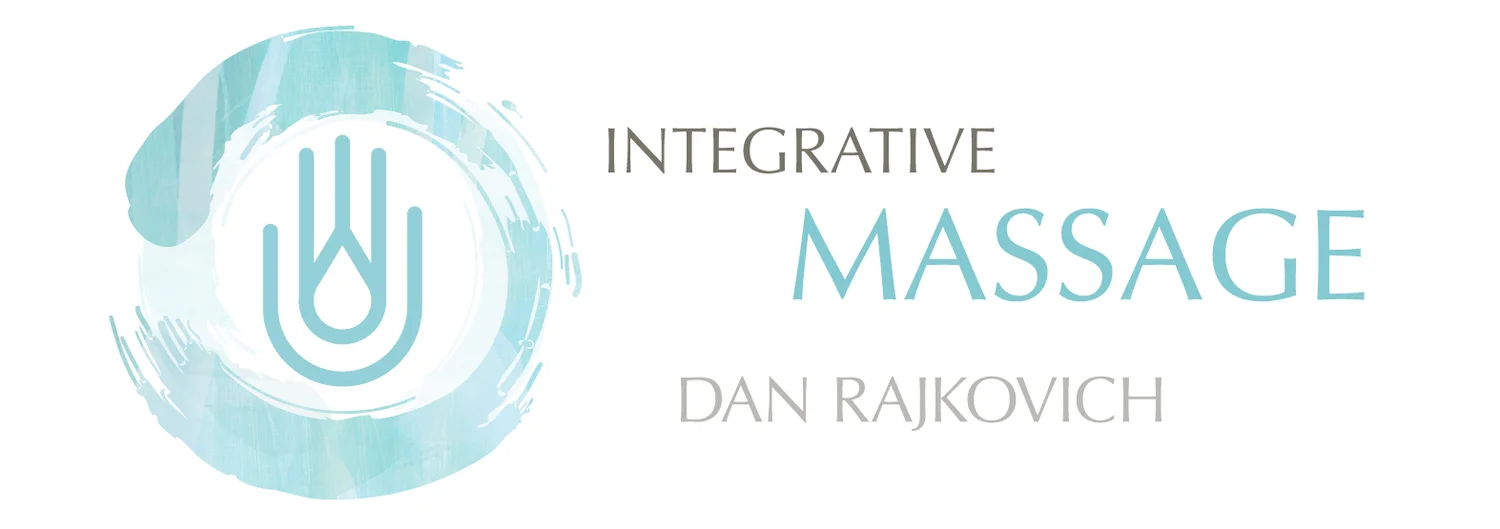I successfully completed my 27th state marathon in Missoula, Montana, due in part to the utilization of kinesiology tape on my left leg. Recently, I had been experiencing some tightness and pain just below my knee around the tibial tuberosity, the attachment site of the patellar ligament and distal tendon of the thigh muscles (quadriceps femoris). The tibial tuberosity forms the terminal part of this large muscle group that acts as a lever to extend the knee-joint and prevents the knee from collapsing when the foot strikes the ground. The pain would intensify after long runs due to the tightness of my quad muscles and IT (iliotibial) band, the thick fascial structure running up the lateral side of my thigh.
I remedied this tightness by counteracting the lateral IT band pull, taping my lower leg, medially, along the shin bone and the upper leg on the IT band. Taping noticeably improved my overall performance, reducing any pain I had been experiencing especially in the later miles. I recommend ROCKTAPE kinesiology taping to many of my massage clients for treating injuries and addressing postural or structural issues. It can also be effective for reducing fatigue and swelling, as well as aiding in wound healing and scar management.



